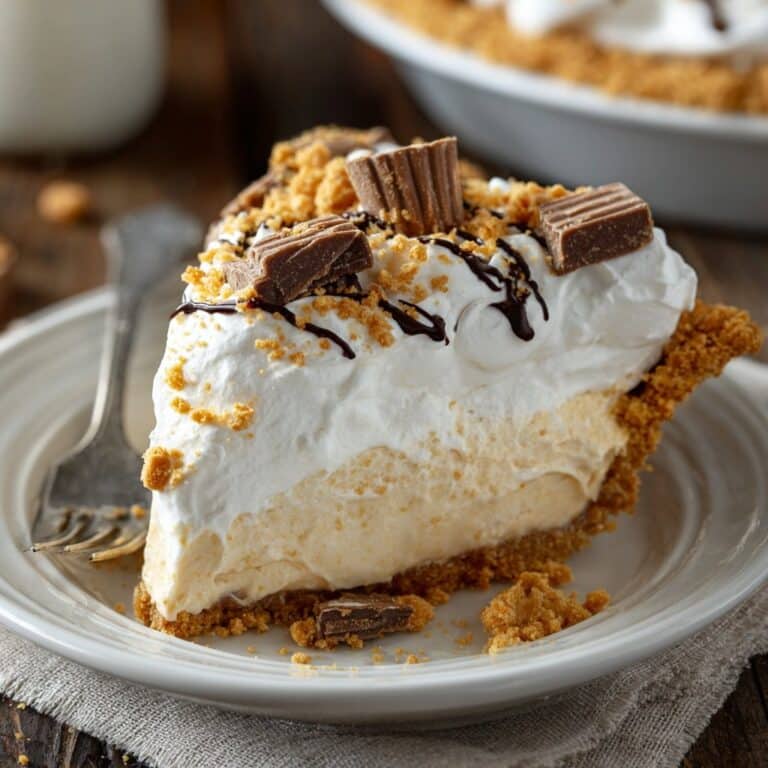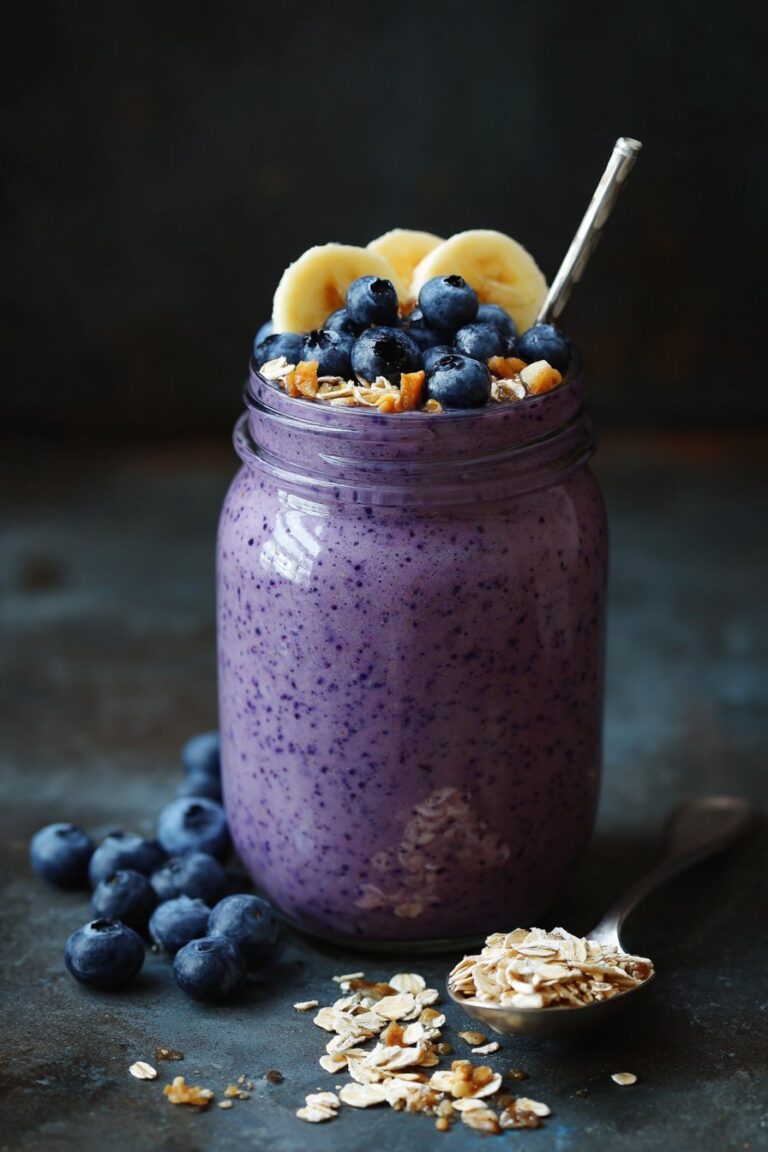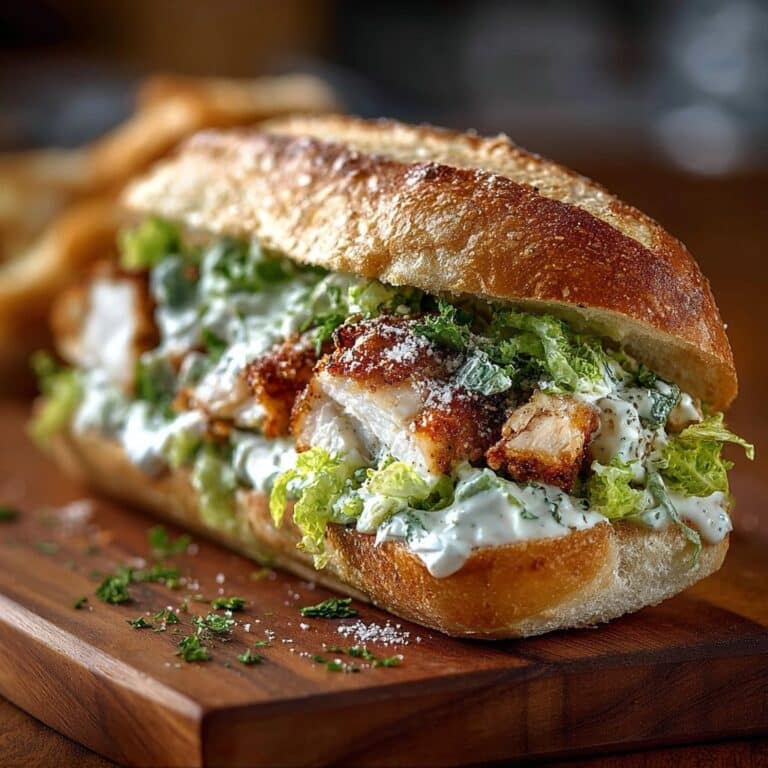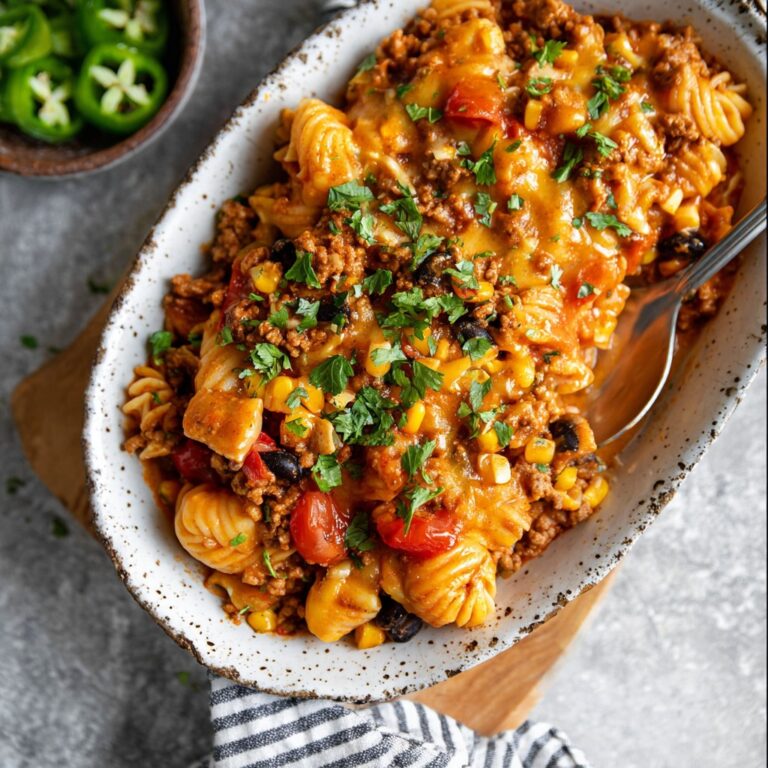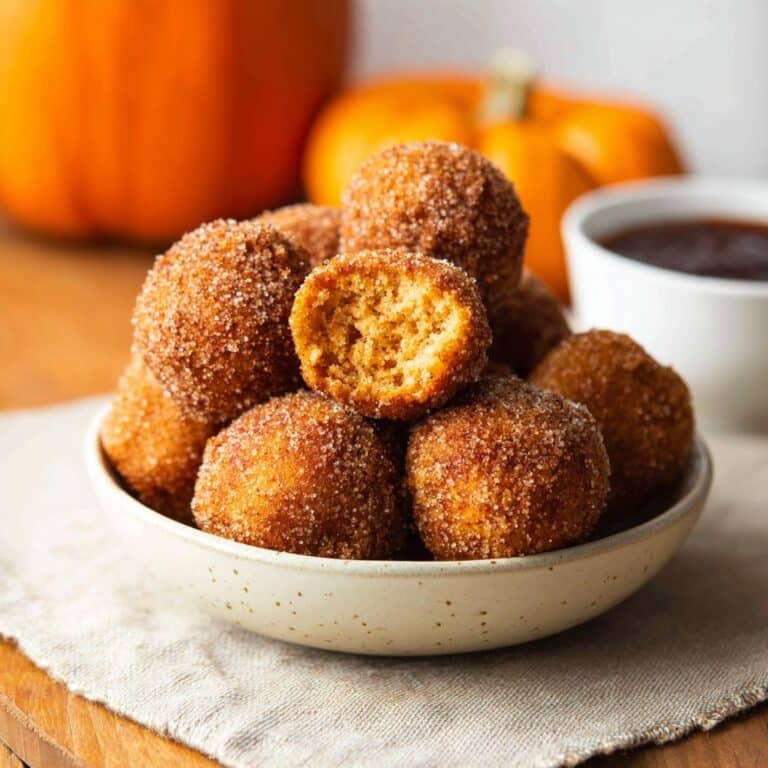Classic French Butter Cake Guide: My Memories & Kitchen Wins
If I’m Honest, It’s All About the Butter
You know those recipes you make not because you have to, but because you just really, really want to? For me, that’s this classic French butter cake. I swear, the first time I made it, I managed to get flour on the dog and icing sugar in my hair—pure chaos. But wow, did my kitchen smell like an absolute dream. There’s something a bit magical (dare I say, Parisian?) about having this golden cake cooling on your countertop. Truthfully, I even made it once in July during a heatwave, which I wouldn’t suggest unless you’ve got a ceiling fan on high.
Why I Keep Coming Back to This Cake
I make this when I want to feel slightly fancy, even if I’m wearing pajama bottoms. My family goes crazy for this cake because its flavor is rich but not too sweet—practically perfect for brunch or an evening treat with coffee. (My uncle tried to convince me it needs frosting; he’s wildly wrong, but don’t tell him I said that.) Honestly, the hardest part for me is not sneaking a slice before dinner because it perfumes the house in a way that’s basically unfair to anyone who’s hungry. The texture? Buttery, tender, with crisp edges—get ready for crumbly fingers.
What You’ll Need: Ingredients (Substitutions Welcome!)
- 180g unsalted butter – the fancier the better, but I’ve used supermarket stuff and it’s fine. My grandma swore by Kerrygold, but honestly, if it’s butter and it’s not rock hard, go for it.
- 200g granulated sugar – most white sugars will do, and I sometimes sneak in a little brown sugar for a caramelly hint.
- 3 large eggs – room temp is ideal, but once I forgot and used cold ones. Cake was still devoured.
- 200g all-purpose flour – occasionally I’ll mix in a scoop of almond flour (like, a small handful), makes it feel extra ‘French’.
- 1/2 tsp baking powder – fresh-ish is best, but in a pinch I’ve skipped it. Cake just comes out a bit denser (which honestly isn’t the end of the world).
- 1/4 tsp salt – table, sea, or whatever’s in the cupboard. I won’t tell.
- 1 tsp vanilla extract – or the seeds of half a vanilla bean if you’re feeling posh (or, on one rogue occasion, a splash of almond extract for a nutty twist)
Alright, Let’s Make Cake
- Preheat your oven to 175°C (350°F). Grease and line a 9-inch round pan. Or if you only have a square tin, use that—I’ve done it loads of times. Makes funny-shaped wedges but still delicious.
- While that’s heating up, beat your butter and sugar together till they’re pale and fluffy, like an edible cloud. I use my old hand mixer (sometimes the bowl spins away, which I claim is extra exercise). If your butter’s a bit chilly, just beat a little longer. Or microwave it for a few seconds, but don’t let it melt—been there, done that, big mess.
- Add the eggs one by one. It’ll look like it wants to separate—don’t panic, just keep mixing. This is the point where I usually taste test the batter, rationalizing that it’s just for quality control.
- Sift in the flour, baking powder, and salt. I’m usually a stickler for sifting, but if I’m in a hurry, I just dump it in. Stir gently until just combined.
- Blend in the vanilla. Give everything one last mix, scraping down the bowl (I always forget this and end up with a flour streak at the bottom).
- Spoon into your prepared pan, and smooth the surface with a spatula. If you want to get artistic, use the back of a spoon to swoosh it around a bit, which ends up all rustic and cute.
- Bake for 40–50 minutes. It starts to smell amazing at about 20 minutes, and I always have to remind myself not to open the oven too early. Top should be golden and a toothpick poked in the center comes out clean. Sometimes, if you open the oven a little too soon, the cake sinks a bit; not a disaster, just add some berries on top and no one notices.
- Cool in the pan for 10 minutes, then transfer to a rack to cool completely. Or eat it warm with a scoop of ice cream if you’re impatient (like me most days).
A Few Notes from the Land of Trial & Error
- If your butter is too soft, the cake spreads out a bit more in the pan—made a weird flying saucer once, still tasty.
- Sometimes I add a pinch more salt, especially if using sweet cream butter. Balances the flavors, I think.
- Don’t stress if your cake cracks on top—mine does, almost every time. Actually looks kind of charming; ‘rustic chic’, right?
I’ve Tried These Variations (Some Worked, Some Not So Much)
- Swapping in lemon zest and a splash of juice—bright and summery (although my brother said it “tastes like a tea party”).
- Added a drop of rum one time, which was surprisingly good. Not for the kids, obviously.
- Did a ‘healthier’ version with margarine once. Regretted it instantly, wouldn’t recommend unless you’re desperate.
Equipment (But Don’t Sweat It If You Don’t Have Everything)
- Electric hand mixer—or a good old balloon whisk and strong arms (I did this during a blackout, got my cardio done for the day)
- Oven, obviously. Even a little toaster oven worked for me once (had to make mini cakes though, which actually makes for cute gifts)
- Sifter, if you remember it. If not, just stir things together well—no one’s judging.
- 9-inch round pan—but as I said, square, loaf, even muffin tins work in a pinch. Just adjust baking time a bit (check early!).
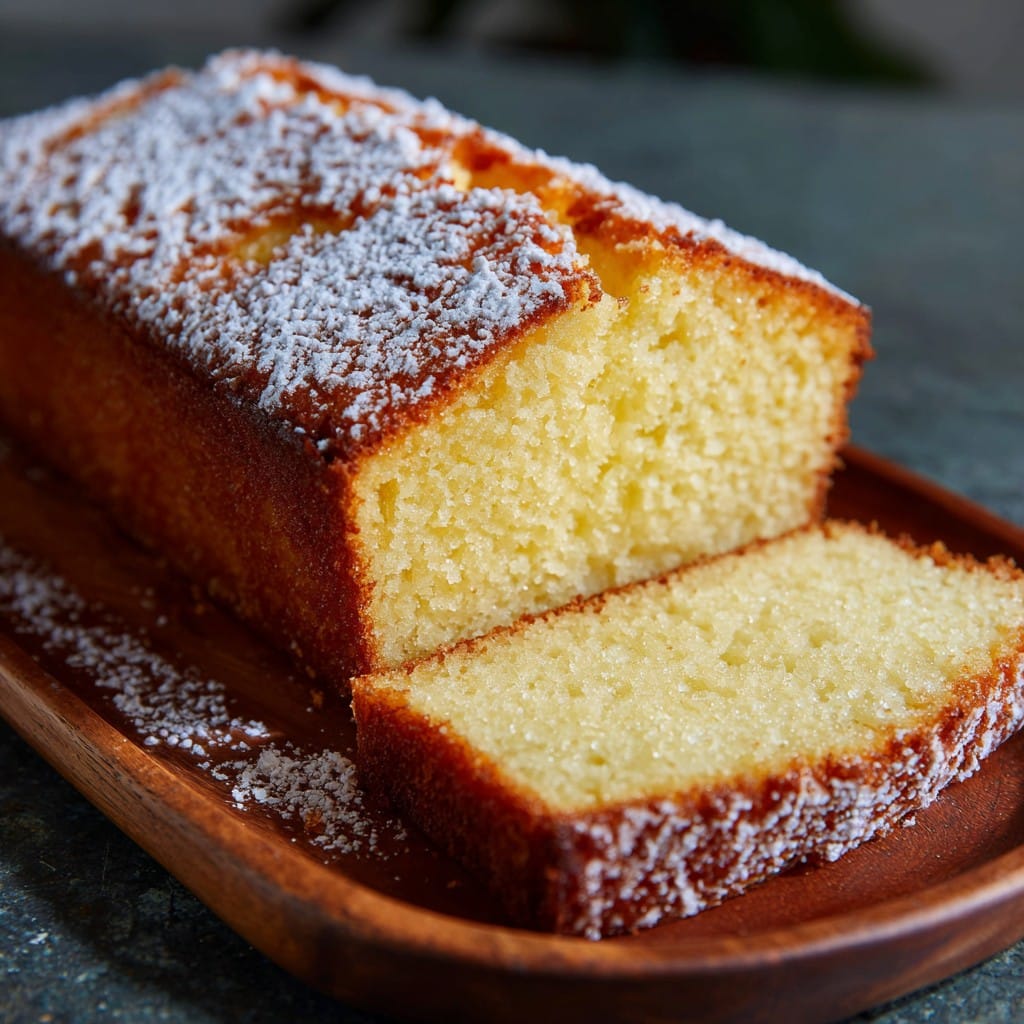
Storage—If Any Survives
This cake keeps wrapped up at room temp for about 3 days, maybe 4. In my house, it never actually lasts longer than a day—someone’s always pinching a sliver after dinner. If you do stash any away (impressive restraint!), it’s pretty good the next day, maybe even better. You can also freeze slices for a month. Just wrap ‘em well.
How I Serve It (And Maybe You Could Try This Too)
We cut big wedges and eat it as is, but sometimes I’ll dollop a spoonful of whipped cream and scatter berries on top for, you know, “presentation.” My youngest insists on eating it with a tiny fork, royal-style. And on birthdays, I’ve even stacked two cakes with a smear of jam in between. That’s not remotely authentic, but boy it tastes good.
Lessons Learned (Aka My Pro Tips the Hard Way)
- I once tried rushing the cooling step by sticking the cake outside in winter—ended up getting condensation and a soggy bottom. Not ideal.
- Beating the butter and sugar long enough really matters—otherwise you get a weirdly dense crumb (it happened, I ate it anyway).
- Actually, I find it works better if you don’t overmix after adding flour; so, light hand here, folks.
Honestly, Top 5 FAQs I’ve Heard
- Can I make this with salted butter?
Yep—you might want to leave out the extra salt though. Or not. Some like it salty, I won’t judge! - How do I get it to rise right?
The oven needs to be hot when you pop it in, and beat that sugar and butter like you mean it. Also, don’t peek too soon—it messes with the batter’s mojo. - Can I use gluten-free flour?
Probably? I tried once with a 1-to-1 blend, and it was a bit more crumbly, but still yummy. Maybe use a tiny bit less or add an extra egg yolk. - Do I need to use a cake tin?
In theory, yes, but one time I used a deep pie dish and it turned out fine. Just ended up a bit deeper in the middle, more custardy almost (actually not bad). - Help! My cake stuck to the pan.
Ugh, been there. Next time, line the bottom with parchment and run a knife round the edge before turning it out. Or just embrace the rustic look and serve in crumbles with cream.
Bonus: Some Stuff That Really Helped Me
For ingredient conversions that I always forget, this handy baking conversion chart is a lifesaver. If you really get into French baking, the book “My Paris Kitchen by David Lebovitz” is packed with other treats—and stories even funnier than mine. Also, if you want to try other French classics, Serious Eats has a nice list (warning: might cause kitchen envy).
Oh, before I forget… once the cake’s finished and the kitchen’s finally quiet, put your feet up and pour yourself a good brew. It’s not mandatory, but it’s certainly earned. Bon appétit, mate!
Ingredients
- 1 cup unsalted butter, softened (225g)
- 1 cup granulated sugar (200g)
- 4 large eggs, room temperature
- 1 3/4 cups all-purpose flour (220g)
- 1 teaspoon baking powder
- 1/4 teaspoon fine sea salt
- 1 teaspoon pure vanilla extract
- 2 tablespoons whole milk
Instructions
-
1Preheat the oven to 350°F (175°C). Grease and flour a 9-inch round cake pan.
-
2In a large bowl, cream the butter and sugar together until light and fluffy, about 3-4 minutes.
-
3Add the eggs one at a time, beating well after each addition. Stir in the vanilla extract.
-
4Sift together the flour, baking powder, and salt. Gradually fold the dry ingredients into the wet mixture, alternating with the milk. Mix until just combined.
-
5Pour the batter into the prepared pan and smooth the top. Bake for 30-35 minutes, or until a toothpick inserted into the center comes out clean.
-
6Let the cake cool in the pan for 10 minutes, then transfer to a wire rack to cool completely before slicing and serving.
Approximate Information for One Serving
Nutrition Disclaimers
Number of total servings shown is approximate. Actual number of servings will depend on your preferred portion sizes.
Nutritional values shown are general guidelines and reflect information for 1 serving using the ingredients listed, not including any optional ingredients. Actual macros may vary slightly depending on specific brands and types of ingredients used.
To determine the weight of one serving, prepare the recipe as instructed. Weigh the finished recipe, then divide the weight of the finished recipe (not including the weight of the container the food is in) by the desired number of servings. Result will be the weight of one serving.
Did you make this recipe?
Please consider Pinning it!!

